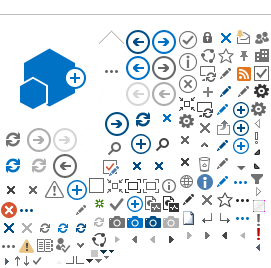November
2003
Volume
80
Number
6
Pages
791
—
798
Authors
Michael A. K.
Partridge
,
1
–
3
Yan
Jiang
,
1
John H.
Skerritt
,
4
and
Karen M.
Schaich
1
,
5
Affiliations
Department of Food Science, Rutgers University, New Brunswick, NJ 08903.
Value Added Wheat Cooperative Research Centre Ltd. Locked Bag No. 1345, North Ryde, NSW 1670, Australia.
Current address: Department of Pathology, Columbia University, College of Physicians and Surgeons, New York, NY 10032. Email: map185@columbia.edu.
Australian Centre for International Agricultural Research, GPO Box 1571, Canberra, ACT 2601 Australia. Email: skerritt@aciar.gov.au.
Corresponding author. Phone: 732/932-9611, ext. 233. E-mail: schaich@aesop.rutgers.edu.
Go to Article:
RelatedArticle
Accepted June 17, 2003.
Abstract
ABSTRACT
Antibodies specific for wheat proteins were used to identify protein fractions modified during extrusion of Hard Red Spring wheat flour (14% protein) under four different combinations of extrusion conditions (18 and 24% feed moisture and 145 and 175°C die temperature). Antibody binding was assessed on immunoblots of proteins extracted from flour and extrudates separated by SDS-PAGE. Antibodies to high molecular weight glutenin subunits (HMW-GS) and to B-group low molecular weight glutenin subunits (LMW-GS) recognized intact subunits from both flour and extrudates. Antibodies to C-group LMW-GS had diminished binding to extruded proteins. Glutenin-specific antibodies also recognized protein in the extrudates migrating as a smear at molecular weights higher than intact subunits, indicating cross-linked proteins. Antibodies recognized albumins or globulins in flour but not in extrudates, evidence that these fractions undergo significant modification during extrusion. Acid-PAGE and antibody reaction of gliadins extracted in 1M urea and in 70% ethanol revealed total loss of cysteine-containing α, β, γ-gliadins but no obvious effects on sulfur-poor ω-gliadins, suggesting gliadin modification involves replacing intramolecular disulfides with intermolecular disulfide cross-links. Identifying protein fractions modified during different extrusion conditions may provide new options for tailoring extrusion to achieve specific textural characteristics.
JnArticleKeywords
ArticleCopyright
© 2003 American Association of Cereal Chemists, Inc.
